Here I am going to explain the history of Japanese Literature. Japanese literature plays an important role in the history of Japan. If you searched and wanted Japanese literature history exploration, then keep scrolling this page. Because in this whole article, I will stay beside you in gathering knowledge about the history of Japanese literature. So without any further due, let’s get started.
About Japanese Literature
Japanese Literature tells us the multiple components of Japanese people. Their gratitude towards traditions and sympathy towards nature are also expressed by Japanese Literature. Until the 1900s, the people outside of Japan were not known about this Japanese Literature.
We can provide some examples of Japanese literature. They may be Man’yoshu known as poems, The Tale of the Bamboo Cutter is fiction, The Tale of the Heike is a war story, and Manga, widely known as Comic books/ graphic novels.
Japanese Literature History Exploration
The cultural contact with China and Chinese literature influenced the early works of Japanese literature written in Classical Chinese. Basically, by a separate style, Japanese literature developed. Haikus were trendy literature that belonged to Japan for a long time. First, in the 5th century via Korea, the writing was introduced to Japan from China. The Kojiki and Nihon Shoki are two historical records that are the oldest surviving works. In the early 8th century, these two records were completed.
The Tale of Genji was the world’s first novel written by a Japanese author in the 11th century during the Heian Period from 794 to 1185. The time of the Meiji Period is from 1868 to 1912. The development of modern Japanese literature had spurred an influx of foreign texts in that Meiji Period. Here I mention some Japanese literature periods below.
Nara-period literature Of Japan
Nara was the first period in Japanese literature. The time of this literature was before 794. The creation of this period is Kojiki in 712. It was a historical record, and it also chronicles ancient Japanese mythology and folk songs. A chronicle written mythology and folk song in Chinese is significantly more detailed than the Kojiki named Nihon Shoki in 720 and a poetry anthology named Man’yōshū in 759.
Heian literature Of Japan
After the Nara period, the Heian period came, and the timetable of this period was from 794 to 1185. This Heian period is called the golden era of art and literature in Japan. During this period, in the early 11th century, the world’s first novel named The Tale of Ganji was represented to the world.
Murasaki Shikibu was a Japanese author who wrote this first novel in the world. There also had some other writings that are Kokin Wakashū in 905, The Pillow Book in 990, The Tale of the Bamboo Cutter in the 10th-century. These are most popular in this Heian period.
Kamakura-Muromachi period literature
The Kamakura–Muromachi period started in 1185 and finished in 1603. During this period, the warrior class was developed by many civil wars. These civil wars also developed subsequent war tales, histories, and related stories. From the early 13th to 14th centuries, public interest in travel and pilgrimages was grown to develop roads.
In this period, the writings are The Tale of the Heike in 1371, Hōjōki in 1212, Tsurezuregusa in 1331, Fuji kikō in 1432, and finally, Tsukushi Michi no ki in 1480. These writings are included in the Kamakura-Muromachi period literature.
Edo-period literature Of Japan
The timetable of Edo-period literature was 1603–1868. Chikamatsu Monzaemon was a popular Japanese dramatist of jōruri in the Edo period in the 17th century. This popular dramatist was also known as Japan’s Shakespeare. Polymath Hiraga Gennai was a scholar of Rangaku, and he wrote some popular fiction.
Some famous writings during the Edo-period literature were Tōkaidōchū Hizakurige written by Jippensha Ikku, Sangoku-shi, Suikoden, Nansō Satomi Hakkenden, kibyōshi that was a picture book, and many other popular writings.
Meiji, Taishō, and early Shōwa-period literature
Meiji, Taishō, and early Shōwa-period literature had a time of 1868–1945. For the re-opening of Japan to the West, the Meiji period was marked. Natsume Sōseki was a famous Japanese author during this period, and he wrote a popular novel named I Was a Cat in 1905. This novel got so much popularity that the Japanese film industry adapted a film based on this novel.
Botchan (1906) and Kokoro (1914) are also popular novels of Natsume Sōseki. Mori Ōgai and Shiga Naoya were also so popular novel writers that they were called the God of novels. The Operating Room of 1895 in literary style and The Holy Man of Mount Koya of 1900 in colloquial language were the early novels Kyōka Izumi wrote.
Postwar literature Of Japan
Finally, we have come to the last Postwar literature. This Postwar literature is belonging from 1945 to onwards. When Japan was defeated in world war 2, it deeply influenced Japanese literature. The writers of Japan wrote so many disaffection stories, loss of purpose, and coping with defeat after defeating World War 2. Haruo Umezaki was a Japanese author who wrote a short story named Sakurajima.
Osamu Dazai, a Japanese writer, also wrote The Setting Sun novel which focused on a soldier returning from Manchukuo. Fires on the Plain was also the Yomiuri prize-winning novel of Shōhei Ōoka. The best writing during the Postwar literature was A Personal Matter, written by Kenzaburō Ōe in 1964. He was the Japanese second Noble prize winner for Literature.
I think these are enough for this article. In this article, I wrote about the history of Japanese literature. I had tried to provide you with all the right or accurate information (For completing this article, I took some important information from a valuable website on the internet).

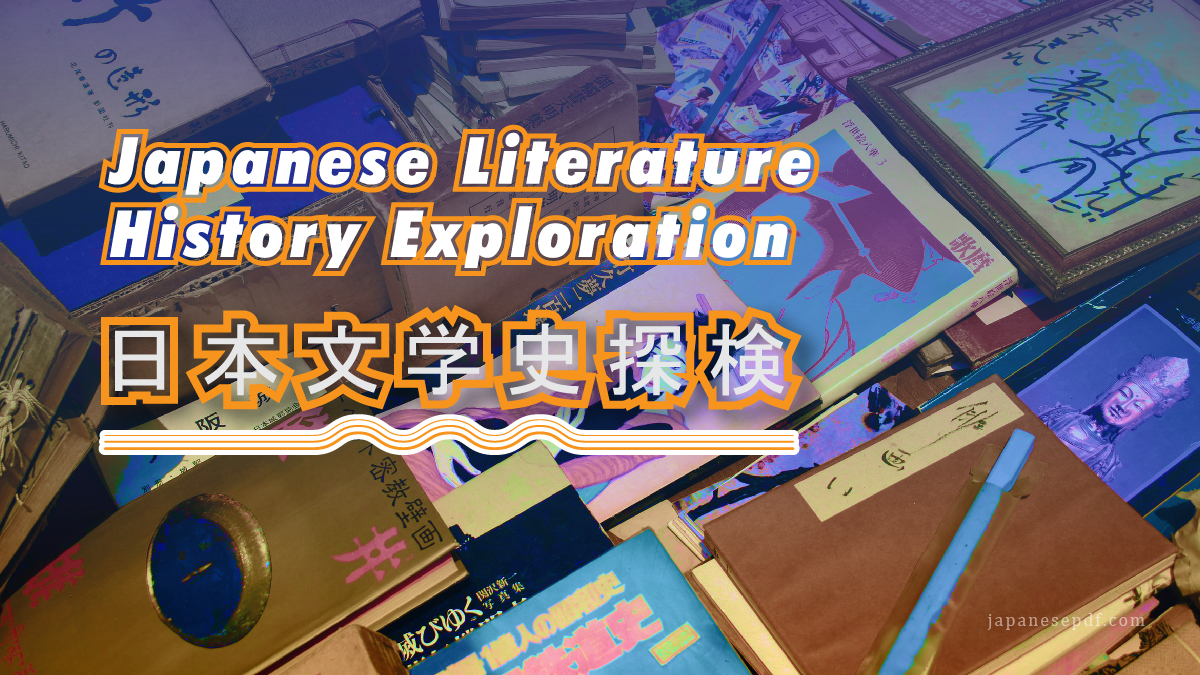
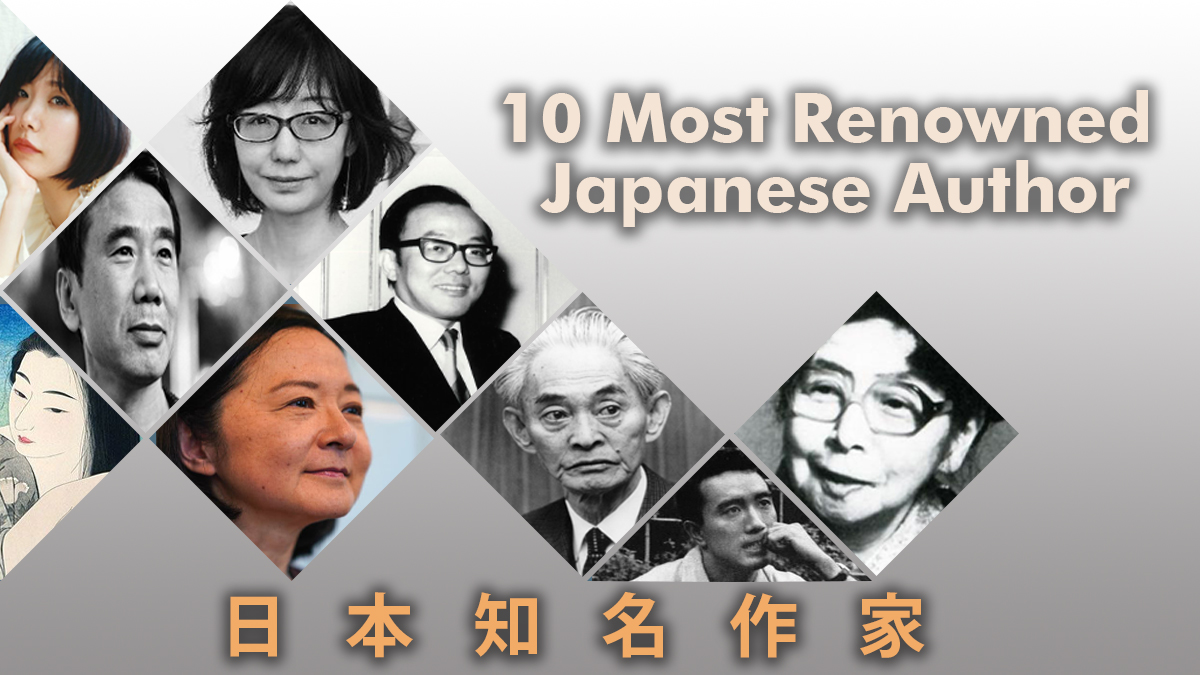
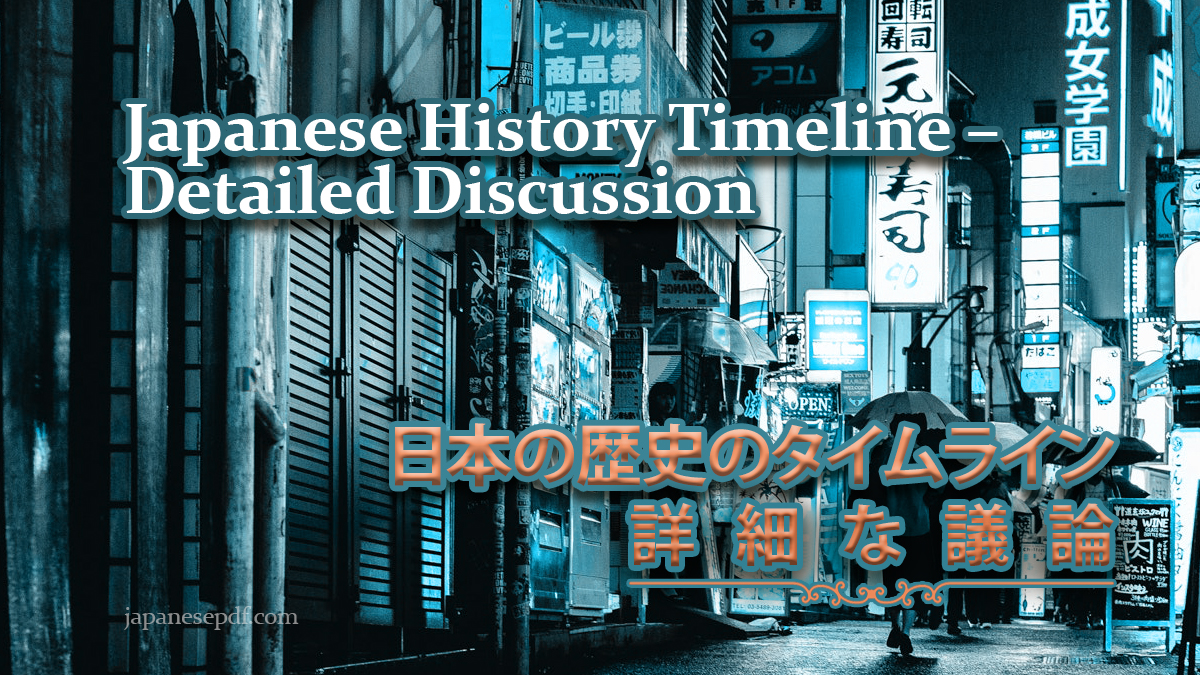
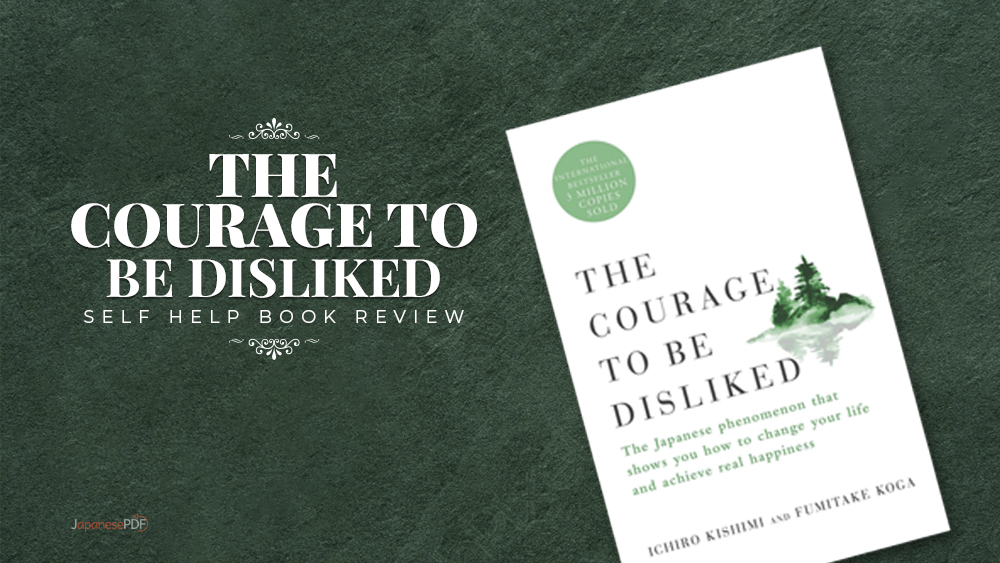
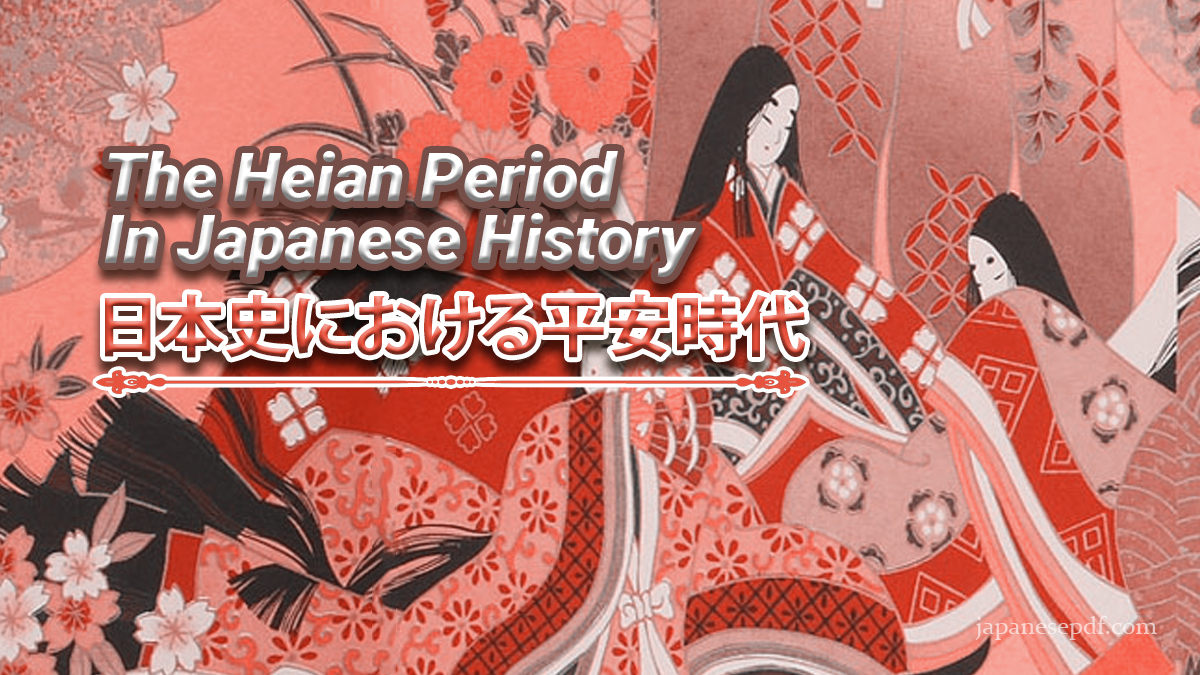
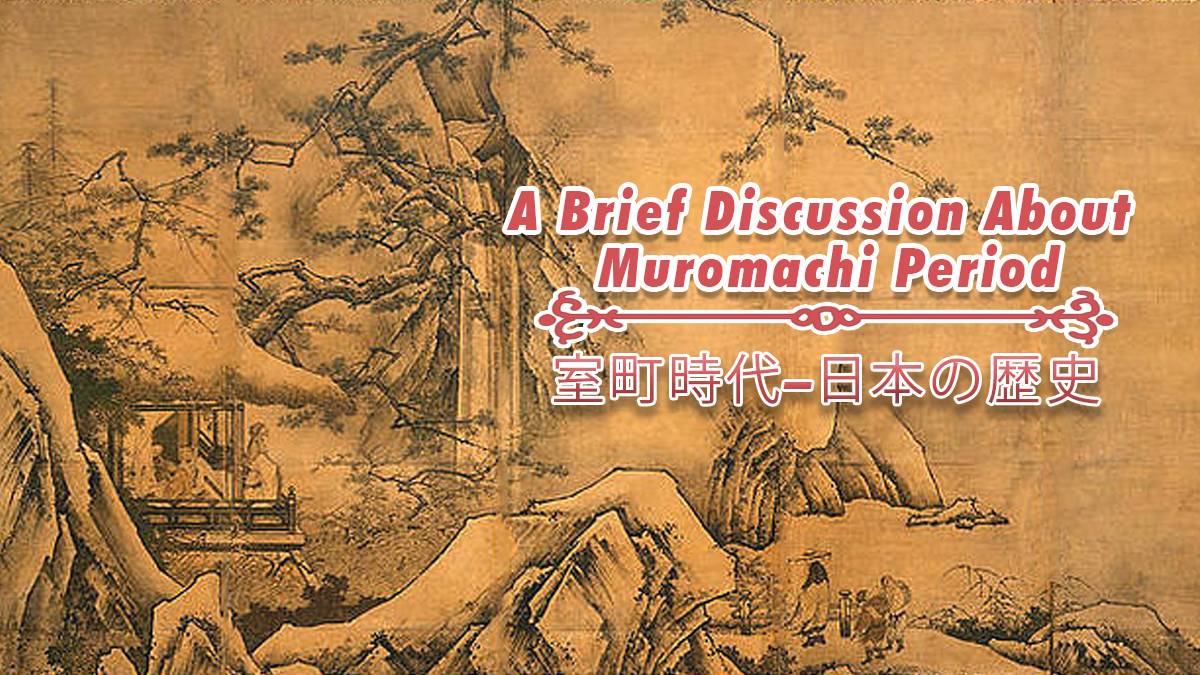
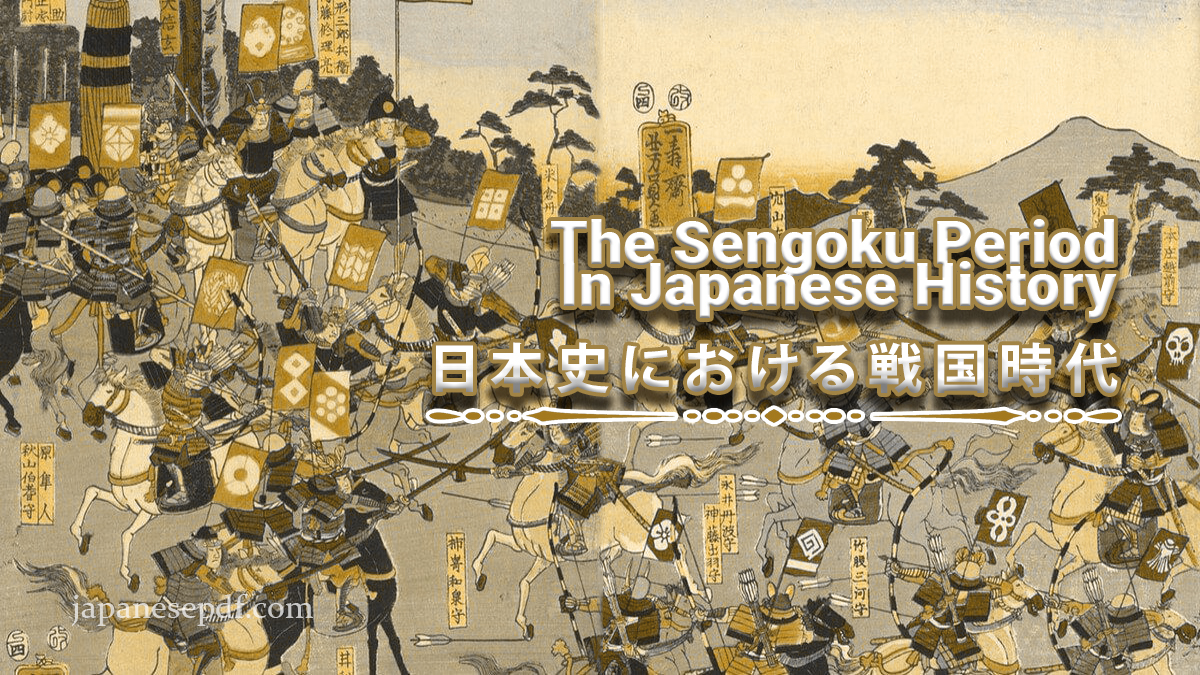
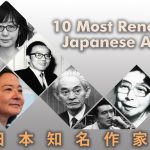
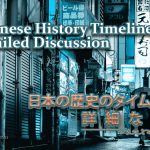



Comments